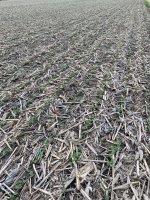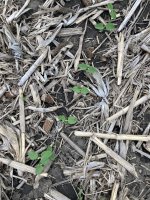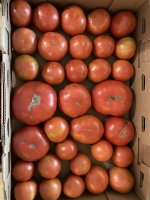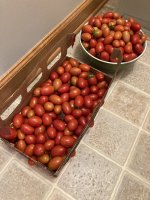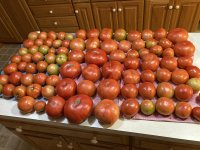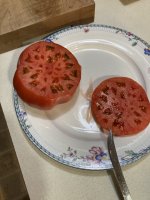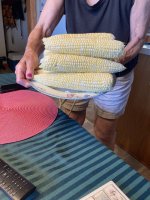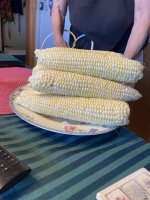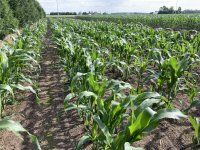Here's the future of farm fields. No more, or very little bare dirt with plowed or tilled fields spring and fall. Planting in bare dirt subject to wind or water erosion and other bad things, including excess compaction has all that obsolete.
The word on the street now is to leave as much vegetative "trash" on the ground to control erosion, hold moisture and reduce compaction. Here's a pic of a field this year that was in corn last year and has already been planted this year. Look at the surface cover of old corn residue from last year with some still there from two years ago. Hardly the days of yore.
View attachment 750516 View attachment 750517 .
The field has been in this no-till state for nearly 20 years and yields are great with not much compaction to speak of. It gets sprayed with weedkiller and fertilizer in the spring--one pass--planted and then harvested in the fall. That's it. Weed control is excellent because most seeds are underground and can't sprout. Way less fuel, proven less compaction and. exceptional yields. The field is the poster child of good behavior.
More fields are looking like that these days including my garden. With little surface disruption, worms are everywhere and organic matter is way up. With my no till garden I got 462 lbs of tomatoes off of 11 plants last year and have witnesses to prove it. Pics of some below. Check out that 83 day sweet corn. Plus my sweet corn from this year.
View attachment 750518 View attachment 750519 View attachment 750520 View attachment 750521 .
View attachment 750524 View attachment 750523 .
View attachment 750527
And that's the way it is.
.
